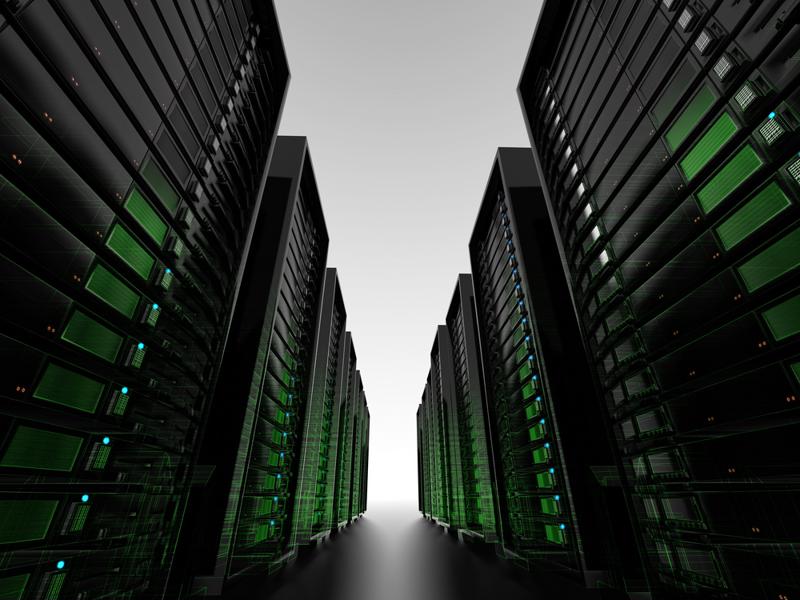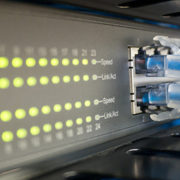4 trends for the data center in 2015
Data centers have been growing increasingly important to the functions of the enterprise in recent years, and as a result the technologies and processes that run the data centers have rapidly evolved and changed. This year will be the biggest one yet for the data center industry, as there will be more demand for their product than ever before. Below are four of the biggest trends ready to change the industry in 2015:
"This year will be the biggest one yet for the data center industry, as there will be more demand for their product than ever before."
1) Increase in virtualization
This IT constant has been driving growing change in the data center recently, but as an increasing number of organizations understand the benefits of the technology, it will become an even more prominent fixture. Virtualization offers users improved testing, faster redeployments and simpler backups, as well as a whole host of other advantages. Its use is a relatively new development, and technologies are emerging all the time that help improve its performance. One such improvement, the virtual storage area network, helps to make the data center more flexible, as well as increasing automation. Similar innovations will start to appear more rapidly, constantly changing the processes in play for data center operations.
2) AI finds the data center
A growing number of companies are making strides in the area of artificial intelligence and machine learning, and the next logical step for such technology is to utilize it in a data center. Google announced last year that it had started using machine learning via neural networks in order to optimize its computing facilities. In Google's case, AI was used mainly to manage and optimize operations in the data center concerning IT load, temperature and the effectiveness of their cooling equipment and allowed the company to experience greater energy efficiency.
 Big changes are coming to the data center in 2015.
Big changes are coming to the data center in 2015.Shift to IPv6
As use of the Internet has increased dramatically throughout the last decade, options regarding addresses on the current version of Internet Protocol, IPv4, have been almost entirely exhausted. The addresses have run out and routing tables have grown too large, creating serious problems. IPv6 is intended to replace the existing protocol and alleviate the issue, though large scale adoption may still be a ways away.
Though it hasn't arrived yet globally, IPv6 will have a major impact on the data center. Addresses for IPv6 are made up of eight groups of four hexadecimal numbers, each separated by colons. This type of grouping opens up a massive new set of possible IP addresses, but it will also likely have to be compatible with IPv4. Not only will the new version offer more addresses, it will also increase efficiency, improve security and provide new services support. U.S. adoption of the new version is currently around 14.5 percent, but that number will continue to grow in the coming years and data centers have to be ready.
More companies adopt cloud solutions
Hybrid cloud seems to be the enterprise trend of 2015, with a rising number of organizations transitioning to a mixed cloud environment. A hybrid solution allows enterprises to mix security with performance, bringing in those who were once skeptical about the ability of the technology to handle all aspects of their business' workload. As more companies migrate to the cloud, data centers will have to be prepared to handle the increase in demand.









